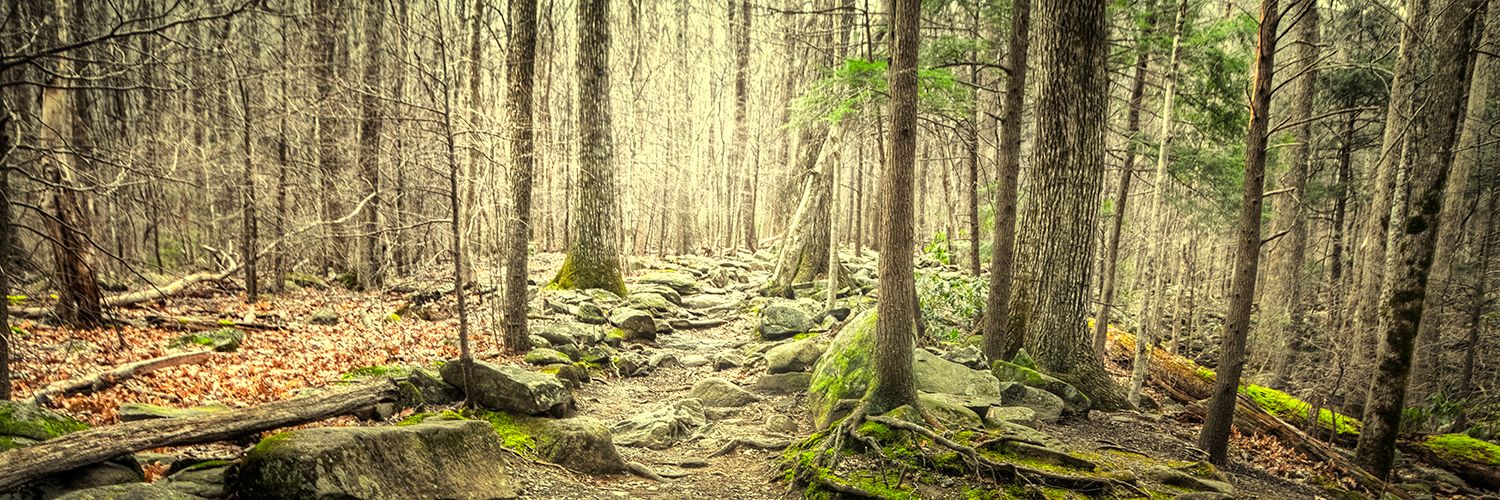Finding the Next Generation of Naturalists
By Jesse Ritcey, ‘Next Generation Naturalists’ Program Manager. This article appeared in BC Nature Magazine, Summer 2019
BC Nature is starting to go gray. That’s been the observation locally and what we’ve been hearing from other clubs. Yet it is not as if young people are disinterested in the environment. Witness the climate protests Greta Thunberg has inspired and the high volume of social media activity around issues like plastic in the ocean and the disappearance of pollinators. There’s a disconnect between all that energy and participation in our organization.

Students learned how to protect cottonwood trees from beaver damage. Mesh wire is wrapped around the base of the trees.
To ensure the long term sustainability of clubs across BC we’ll need to become more effective at engaging young people. With the help of the Kamloops Naturalist Club and the Faculty of Science at Thompson Rivers University (TRU) I have developed a new three year program that may provide us fresh insight into how to do that. The “Next Generation Naturalists’ program kicked off this spring and had been made possible by a $227,500 grant from The Lawson Foundation.
The program involves thirty five young people between the ages of fifteen and twenty three. There was no cost to join, the only requirement was a keen interest in the environment and a willingness to stick around around for three years. This made participation challenging for students planning to attend university in other cities or wanting to travel after graduation. As this is a pilot project it is necessary for research purposes to maintain a single cohort. The results of these observations will be shared nationally and with BC Nature.
One thing we’ve already found is that some of the participants had aged out of Nature Kids BC but didn’t feel drawn to regular club activities, suggesting a need for a dedicated offering like this. Clubs may be interested in rolling out similar programs but will be able to build in more flexibility and scale the activities to whatever level of resources they have available.
The group meets twice monthly, either on campus at TRU for a three hour classroom meeting or to get on a bus for a longer field day. Over the next three years they’ll receive leadership training and lectures on nature topics from the faculty. They’ll go on exciting trips and work together on projects in the community.
A key theme of the program is that everything is youth led. The intent is to maintain strong interest and empower participants. They’re choosing the learning topics, they’re picking field trip locations, and they’re brainstorming projects. My role as program manager is to facilitate discussion, to bring supplies, book speakers and buses, remind participants of upcoming meetings, and most importantly to make sure we don’t run out of snacks.

There will be 40 hours of classroom instruction included in the program.
Some of our early activities include wilderness safety training, learning water-colour landscape painting, getting an introduction to botany, protecting a pond habitat by wrapping cottonwoods in wire, and looking for snakes. Having access to university resources like field guides and a class set of binoculars has been indispensable. If clubs don’t already have strong partnerships in place with local learning institutions they should prioritize establishing them. Whenever possible participants are also encouraged to check out regular club activities. The intergenerational transfer of knowledge is another key theme of the program; those grey and white hairs have a lot of wisdom to pass along!
A team of evaluators will be tracking the participants over the three years to see what they’re getting out of this experience. The program is designed to foster a greater connection to nature and inspire a willingness to take action to help it. This aligns closely with BC Nature’s mandate ‘to know nature and keep it worth knowing’. We’re creating an evaluation rubric (a type of score card) to understand what success looks like and conducting before and after testing using two psychological measures: The Nature Relatedness Scale (Nesbit et al.) and The Environmental Action Scale (Alisat and Reimer).
Understanding how we can best share our love of nature with all kinds of people, each starting from their own unique place, is fascinating work. I’m a third generation naturalist; my grandfather, Ralph Ritcey, started my family on a journey with nature that continues to this day. Helping to start others on this path is deeply rewarding. Through stories on our webpage and facebook, sending participants to BC Nature AGMs, and future magazine articles it is my hope to share this experience and the learning that comes from it with BC Nature members.
References:
1 Nisbet, E. K., Zelenski, J. M., & Murphy, S. A. (2009). The Nature Relatedness scale: Linking individuals’ connection with nature to environmental concern and behavior. Environment and Behavior, 41(5), 715-740.
2 Alisat, S. and Riemer, M. (2015) The environmental action scale: Development and psychometric evaluation. Journal of Environmental Psychology, 23, 13-23.

Terrific! Hope this is a great success and your example spreads fast.